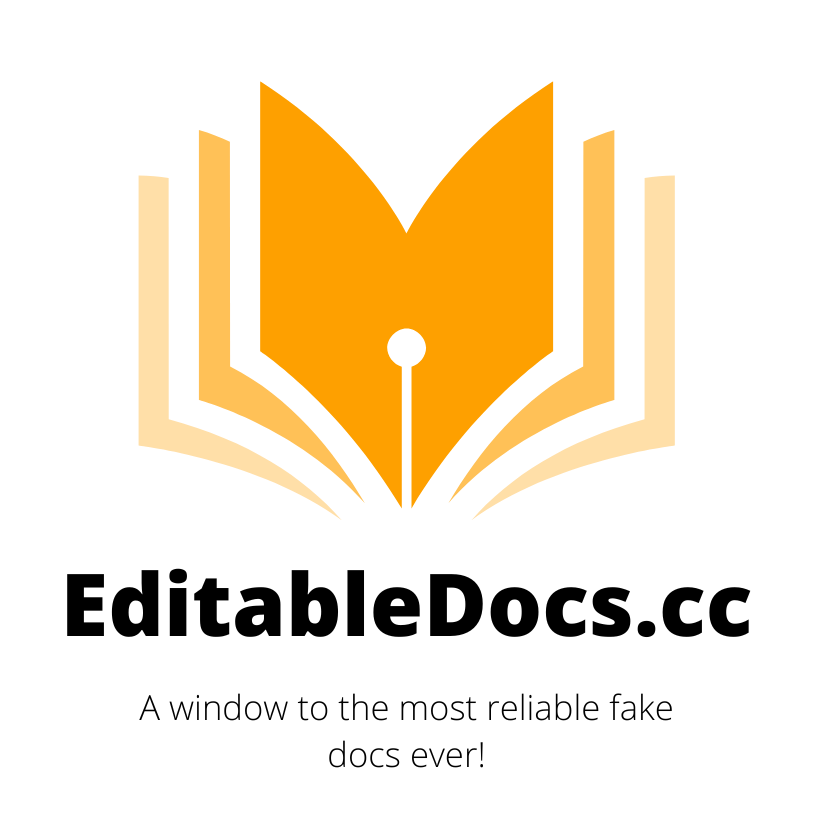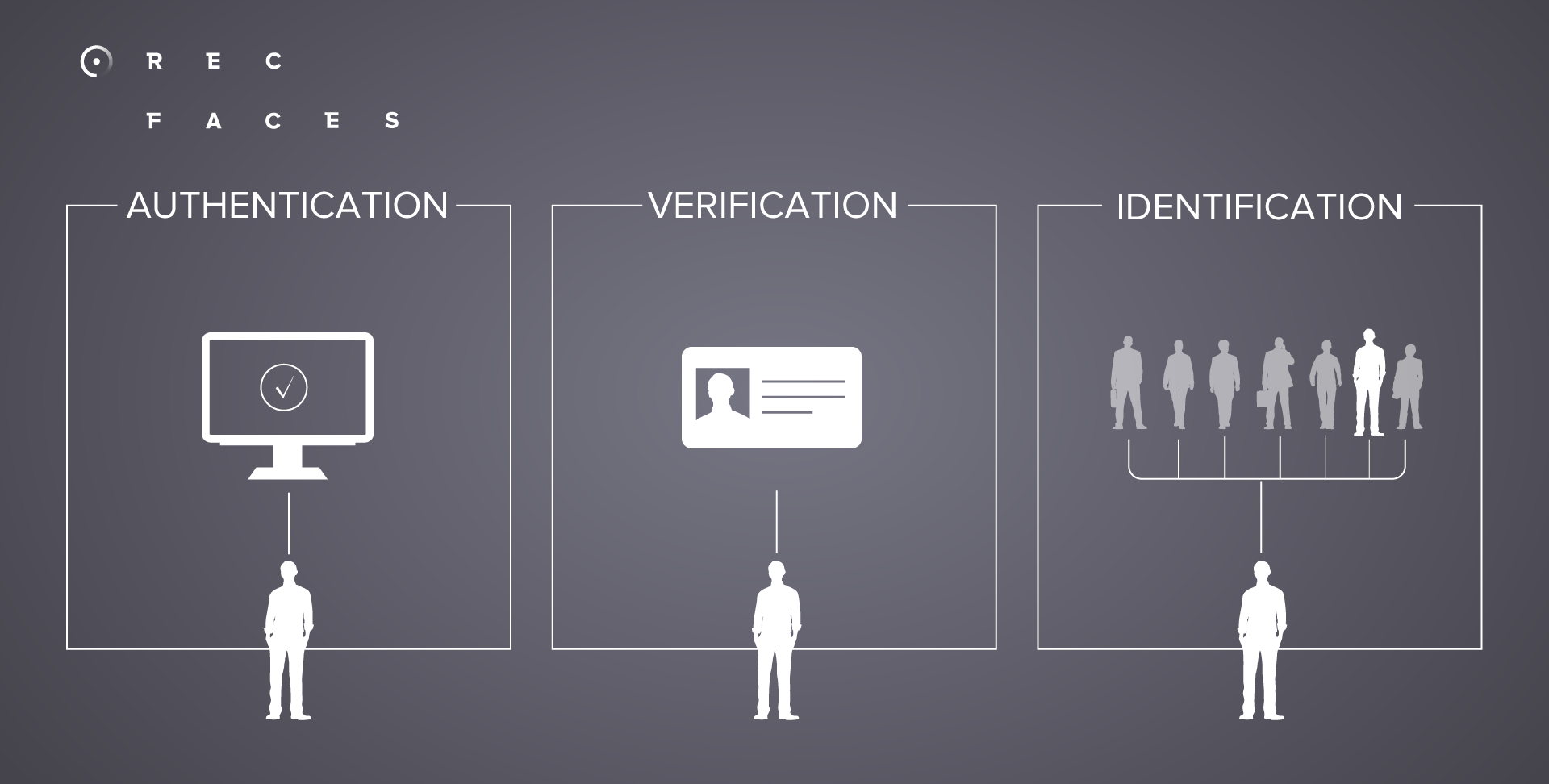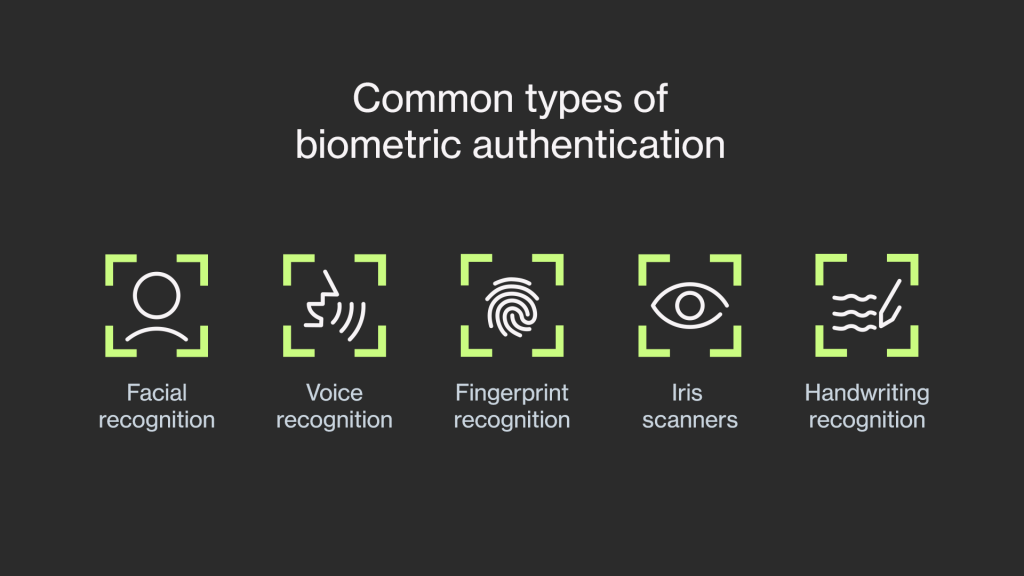Introduction
In an increasingly digital world, ensuring the authenticity and security of documents has become a paramount concern. Traditional methods of document authentication are being replaced by advanced technologies that offer heightened levels of security and accuracy. One such innovation is biometrics, which leverages unique physical or behavioral traits to verify individuals’ identities. In this blog post, we delve into the fascinating realm of document authentication technologies, exploring the capabilities of biometrics and looking beyond to the future of document verification.
The Evolution of Identification’s Document Authentication
Traditional Methods
Historically, document authentication relied on manual inspection techniques such as watermarks, holograms, and signatures. While effective to some extent, these methods could still be susceptible to forgery and tampering.
Biometrics: A Game-Changing Approach
Biometric authentication has revolutionized document security by leveraging distinct biological or behavioral characteristics. This technology relies on the uniqueness of traits such as fingerprints, iris patterns, facial features, voiceprints, and even DNA. By capturing and comparing these traits, biometrics offers an unparalleled level of accuracy in identifying individuals.
Biometric Document Verification Methods
Fingerprint Recognition
Fingerprints have long been recognized as one of the most reliable means of identification. Biometric systems scan and analyze the intricate patterns and ridges of fingerprints, creating a unique digital representation known as a fingerprint template. This template can then be compared with a database of authorized individuals to validate their identity.
Facial Recognition
Facial recognition technology analyzes facial features, such as the distance between eyes, shape of the nose, and contours of the face. By capturing and comparing these distinct characteristics, facial recognition systems can accurately verify individuals’ identities.
Iris Scanning
Iris scanning technology utilizes the unique patterns in an individual’s iris, including the intricate arrangement of colors and shapes. These patterns are captured and converted into a digital template for comparison, providing a highly secure method of authentication.
Voice Recognition
Voice recognition technology analyzes the unique vocal characteristics of individuals, including pitch, tone, and pronunciation. By creating a voiceprint, which acts as a digital representation of an individual’s voice, this technology offers a robust means of authentication.
DNA Authentication (Future Possibility)
While still in its early stages of development, DNA authentication holds immense promise for document verification. By utilizing an individual’s genetic information, DNA authentication could potentially provide an unparalleled level of security and accuracy in verifying identities.
Beyond Biometrics: Innovative Document Authentication Approaches
Blockchain Technology
Blockchain, known for its association with cryptocurrencies, also holds great potential for document authentication. By utilizing decentralized and immutable ledgers, blockchain technology can securely store and validate the authenticity of documents, making fraud or tampering virtually impossible.
Digital Signatures
Digital signatures, based on asymmetric encryption algorithms, provide a secure and tamper-proof way of authenticating digital documents. By incorporating unique cryptographic keys, digital signatures offer verifiable proof of document integrity and the identity of the signer.
Optical Variable Devices
Optical variable devices, such as holograms and color-shifting inks, offer additional layers of security for physical documents. These visually striking features make counterfeiting significantly more challenging and enhance document authenticity.
The Future of Document Verification
As technology continues to advance, the future of document verification holds exciting possibilities. The integration of artificial intelligence, machine learning, and big data analytics may further enhance the accuracy and efficiency of document authentication. Additionally, the convergence of various authentication technologies, such as biometrics and blockchain, could create a comprehensive and foolproof system for verifying the authenticity of documents.
Conclusion
Document authentication technologies have come a long way, with biometrics leading the charge in revolutionizing document security. From fingerprint recognition to facial and voice recognition, biometrics has raised the bar for authentication accuracy. Furthermore, innovative approaches such as blockchain and digital signatures offer additional layers of security and integrity. As we look to the future, the synergistic combination of different authentication methods holds the potential to create an unassailable fortress of document verification.
Embrace the evolving world of document authentication technologies, and ensure that your documents are safeguarded with the highest level of security and integrity.
Note: At EditableDocs.cc, we provide customizable document templates in PSD format to enhance your document creation process. Our templates are designed to be editable and user-friendly, allowing you to personalize your documents easily and efficiently.



